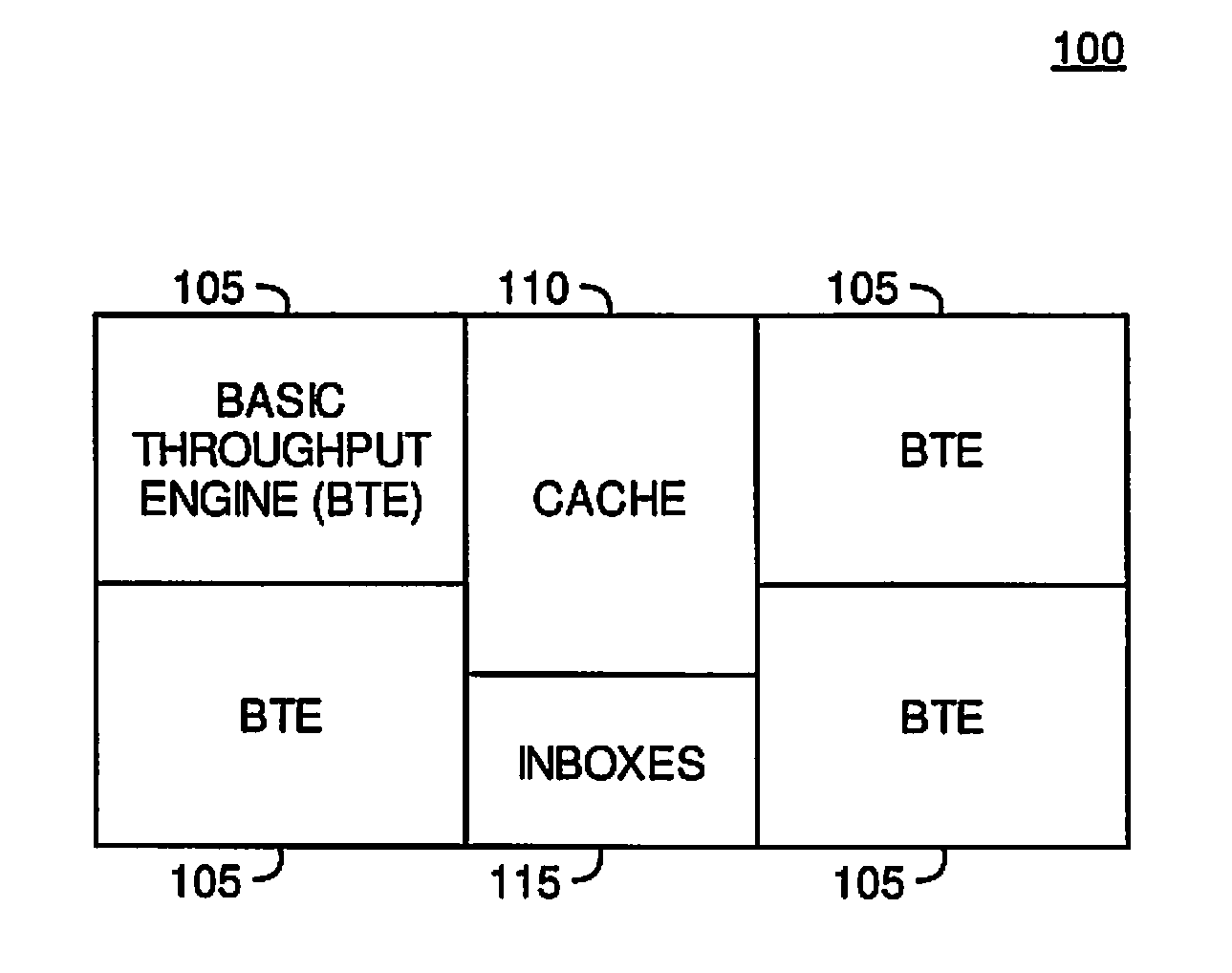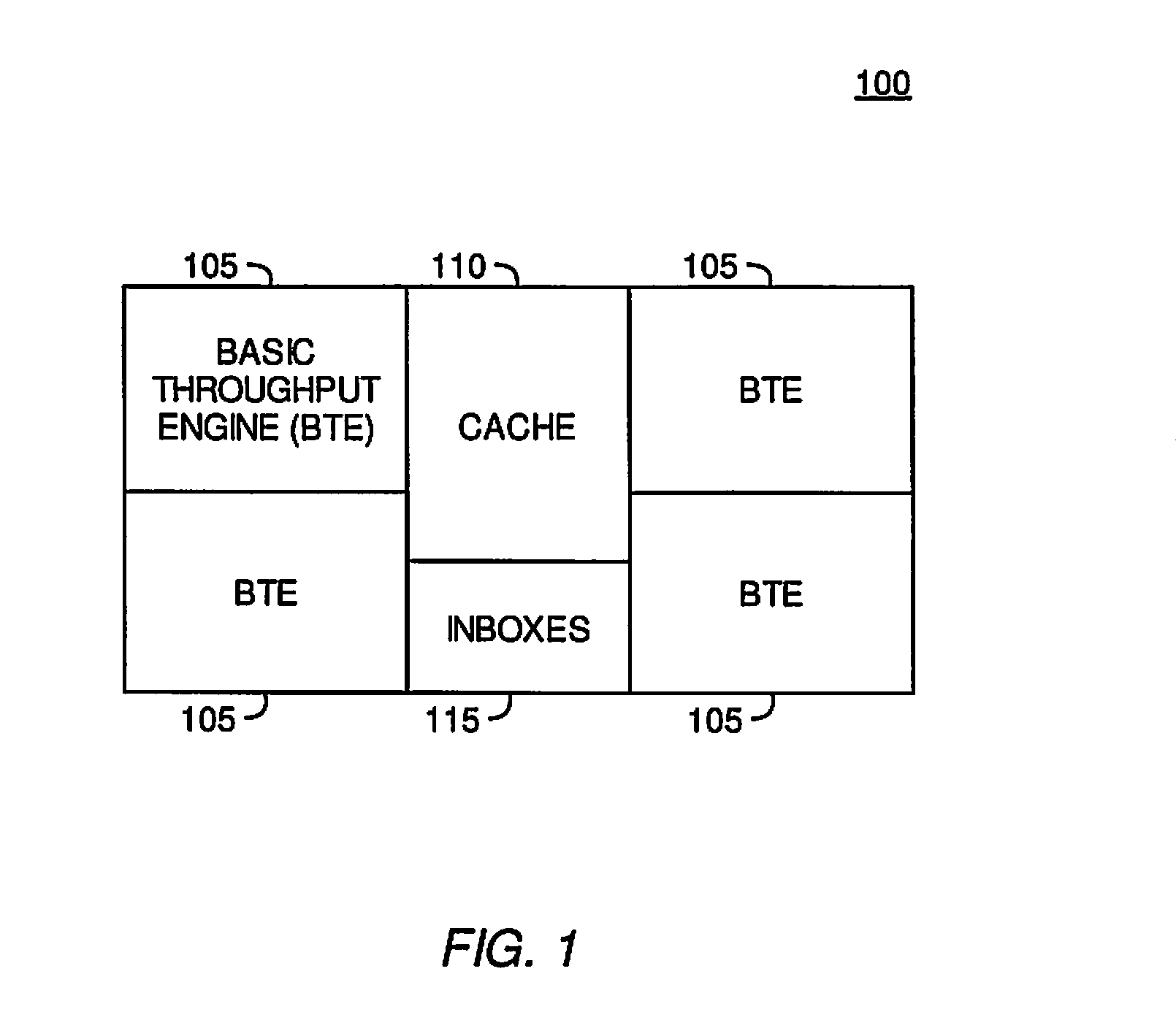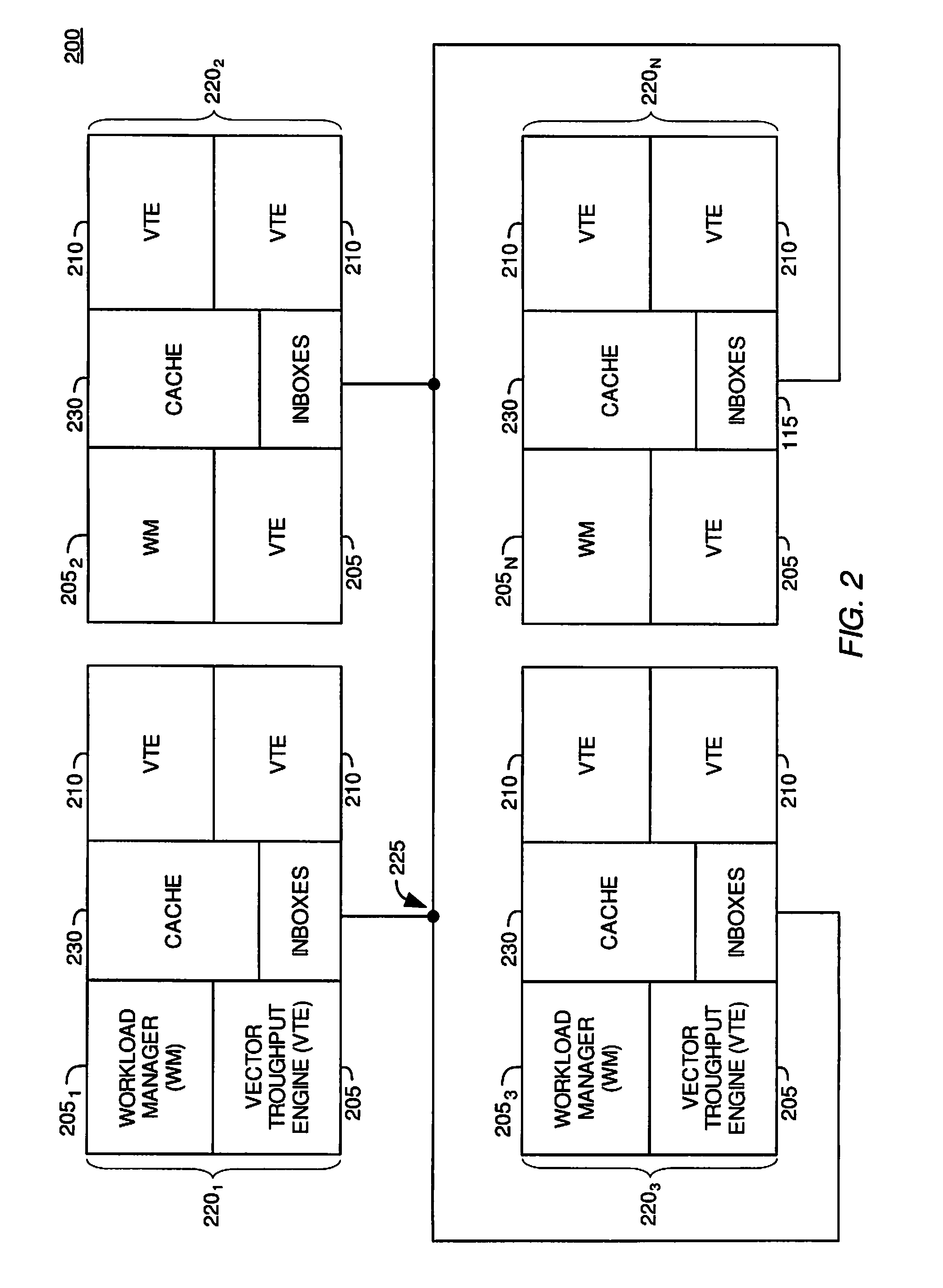Expanding Empty Nodes in an Acceleration Data Structure
a data structure and acceleration technology, applied in the field of image processing, can solve the problems of rasterization suffering from some drawbacks, using relatively low amounts of computational power, and modern monitors display images
- Summary
- Abstract
- Description
- Claims
- Application Information
AI Technical Summary
Benefits of technology
Problems solved by technology
Method used
Image
Examples
Embodiment Construction
[0029]The present invention provides methods and apparatus for updating an acceleration data structure in response to movements of objects within a three-dimensional scene. According to embodiments of the invention, an ADS may have empty leaf nodes which correspond to empty bounding volumes within the three dimensional scene which do not contain any objects and therefore are not further partitioned. However, in some circumstances objects may be moved into an empty bounding volume. According to embodiments of the invention, the ADS may be updated by partitioning the previously empty bounding volume according to the position of the object. After the partitioning of the previously-empty bounding volume, the previously-empty leaf node may become an internal node which branches to other nodes corresponding to the new partitions within the previously-empty bounding volume. The updated ADS may then be used to perform ray-tracing image processing to render a two-dimensional image (frame) fr...
PUM
 Login to View More
Login to View More Abstract
Description
Claims
Application Information
 Login to View More
Login to View More - R&D
- Intellectual Property
- Life Sciences
- Materials
- Tech Scout
- Unparalleled Data Quality
- Higher Quality Content
- 60% Fewer Hallucinations
Browse by: Latest US Patents, China's latest patents, Technical Efficacy Thesaurus, Application Domain, Technology Topic, Popular Technical Reports.
© 2025 PatSnap. All rights reserved.Legal|Privacy policy|Modern Slavery Act Transparency Statement|Sitemap|About US| Contact US: help@patsnap.com



